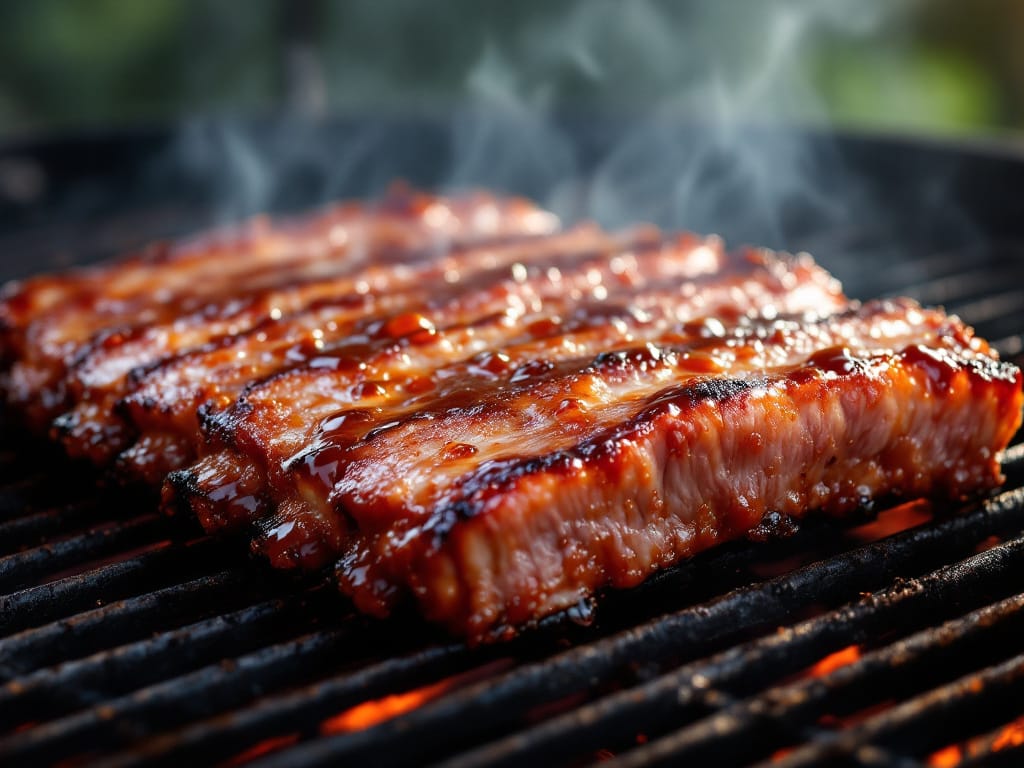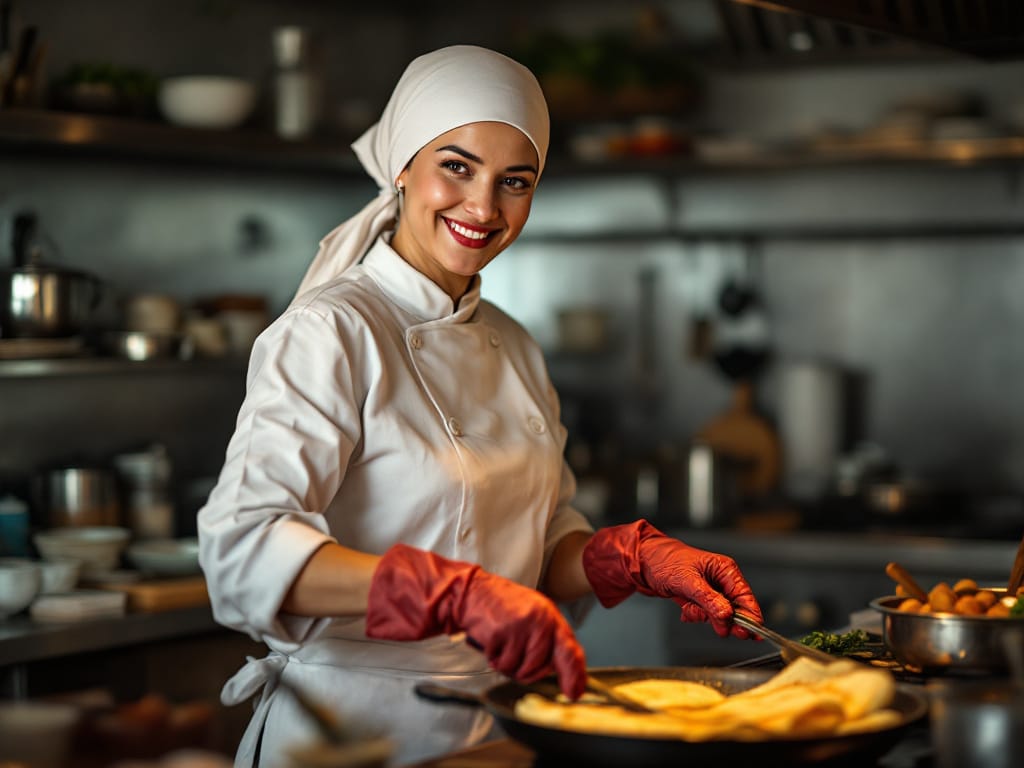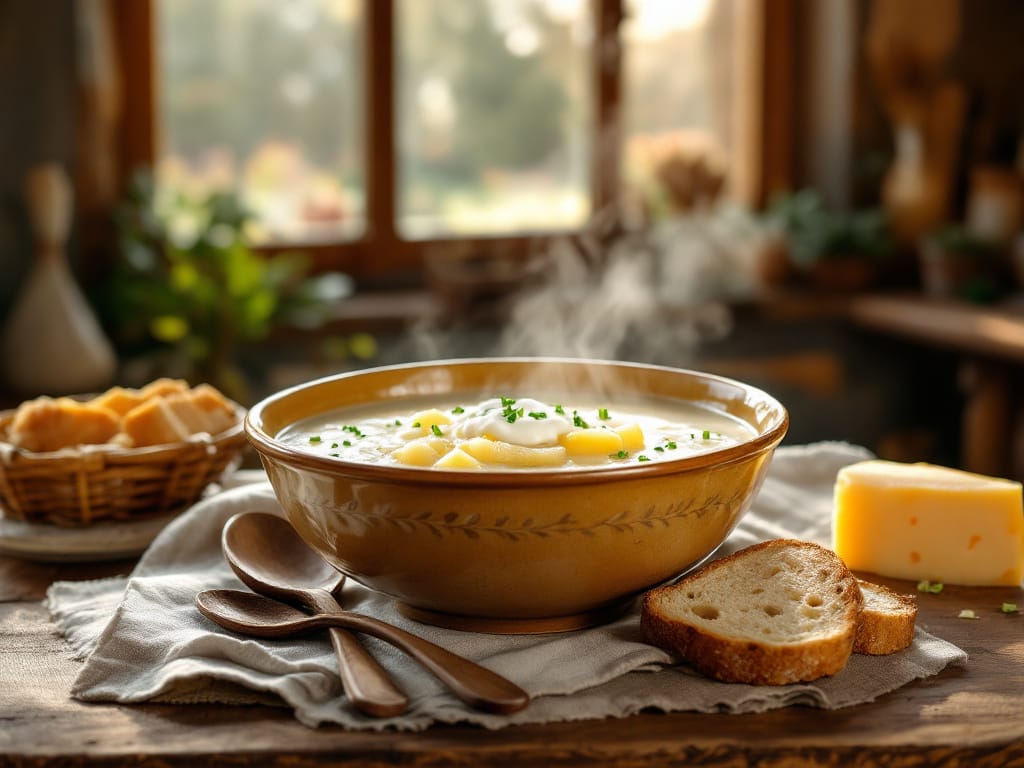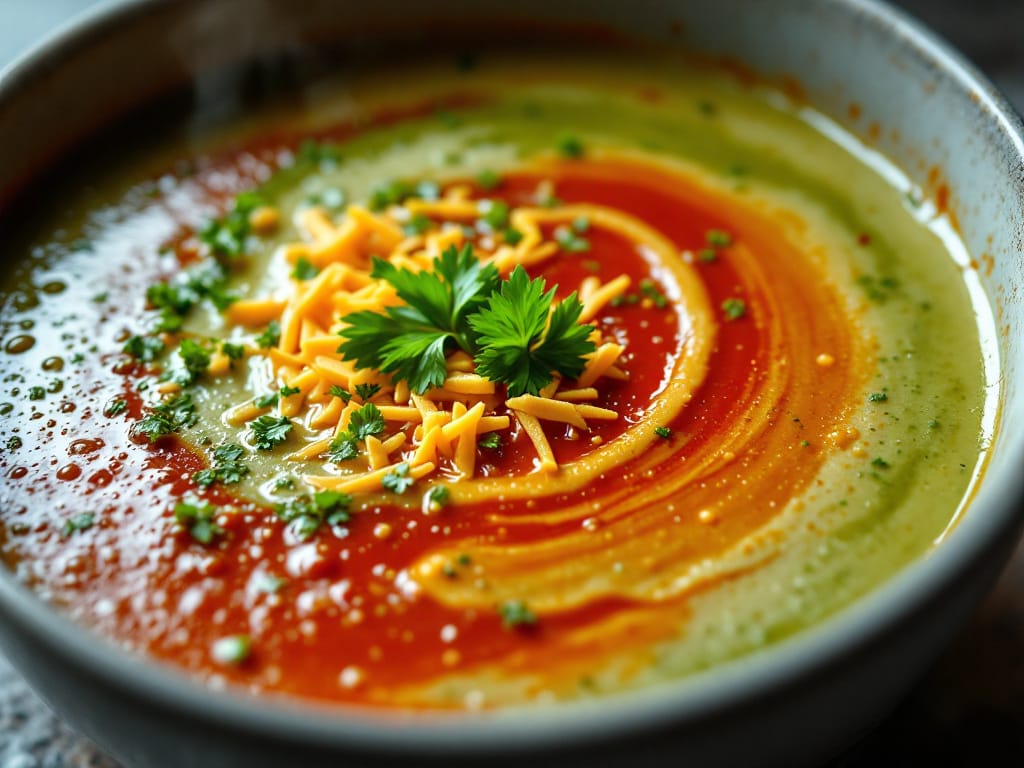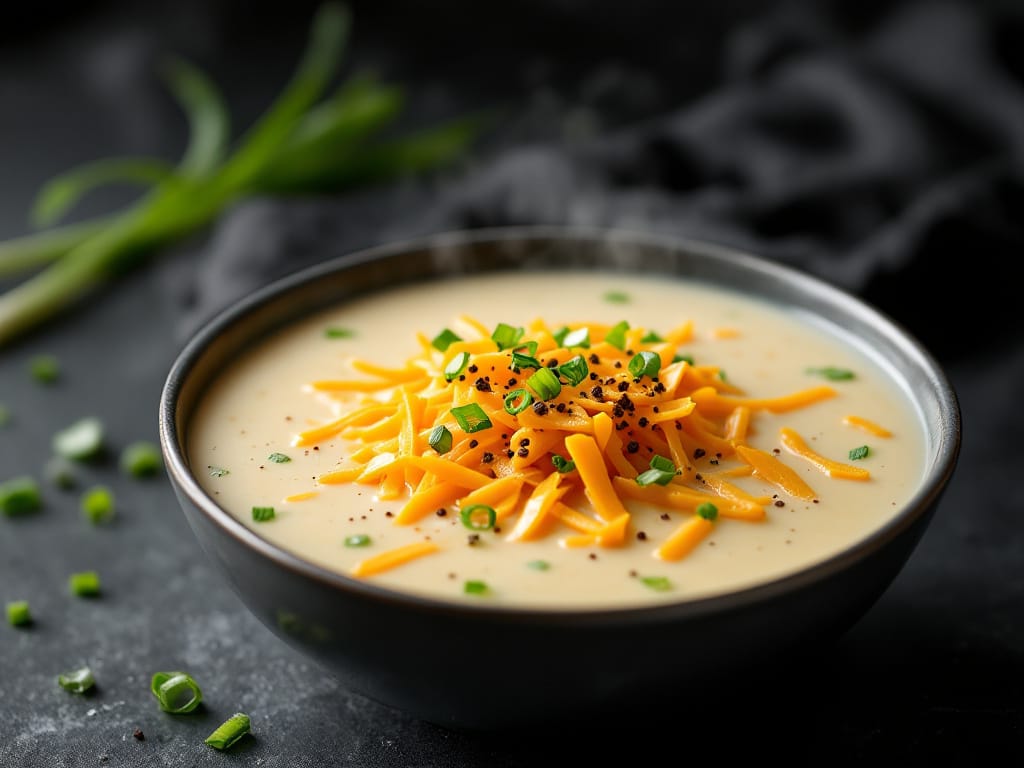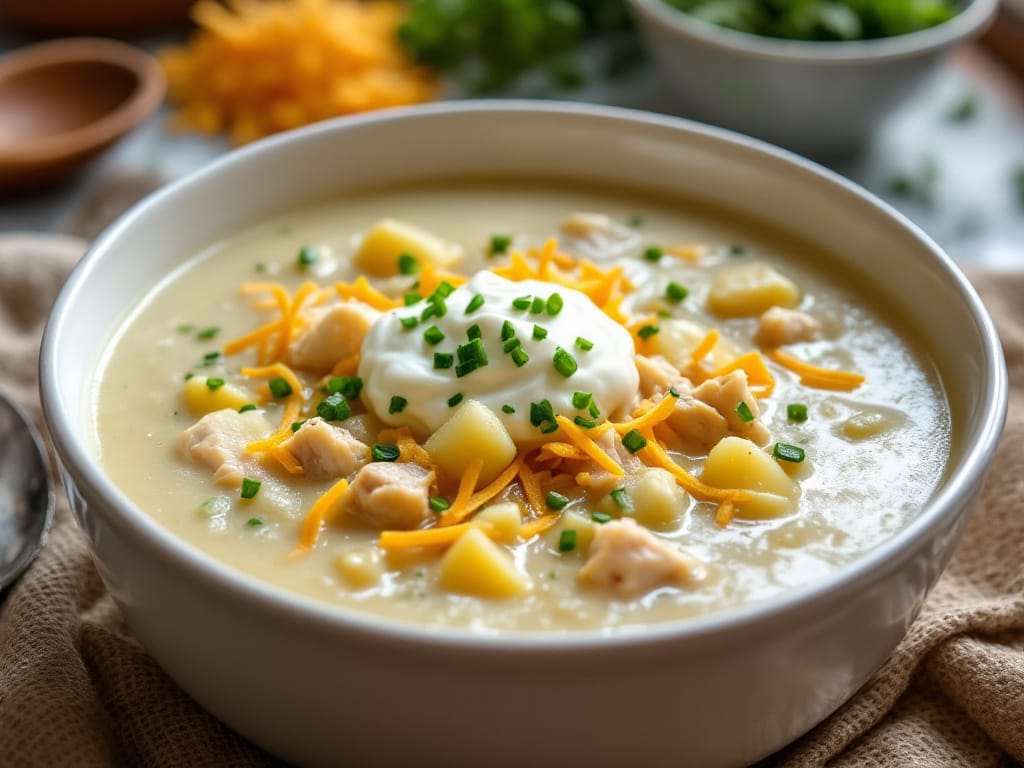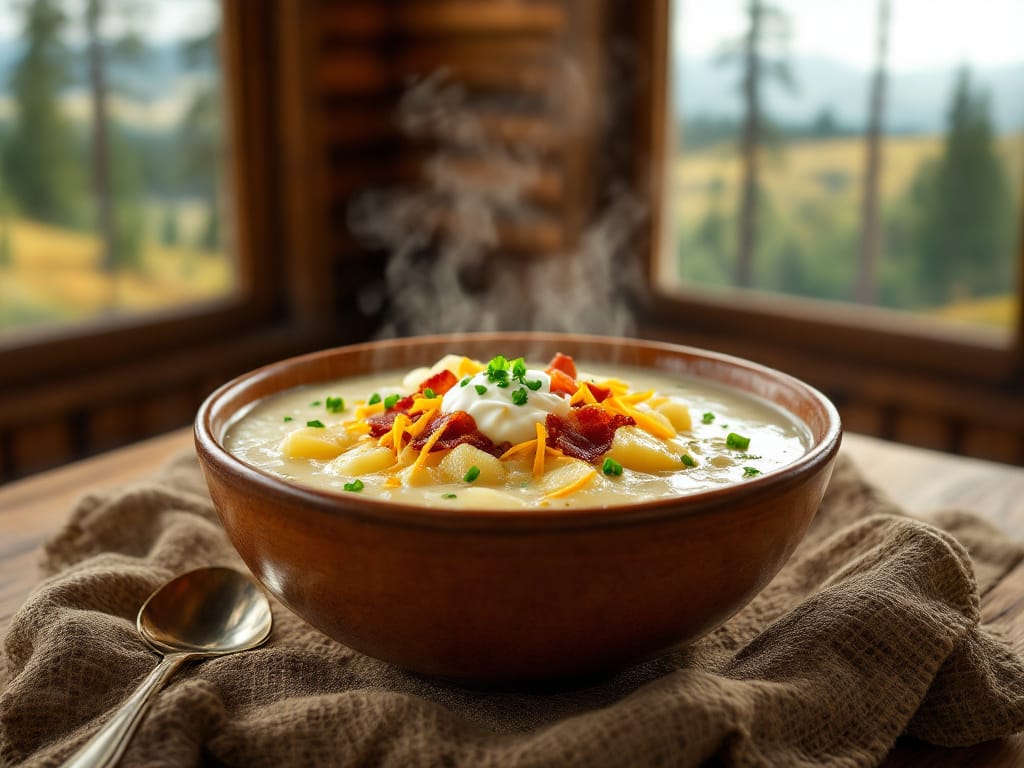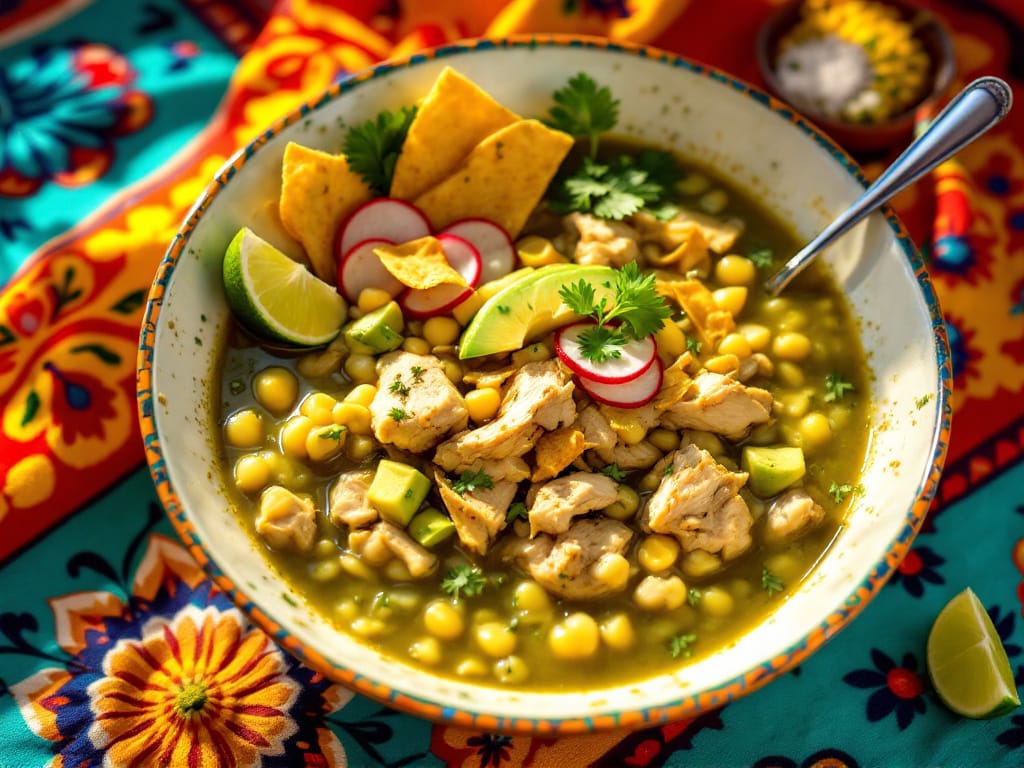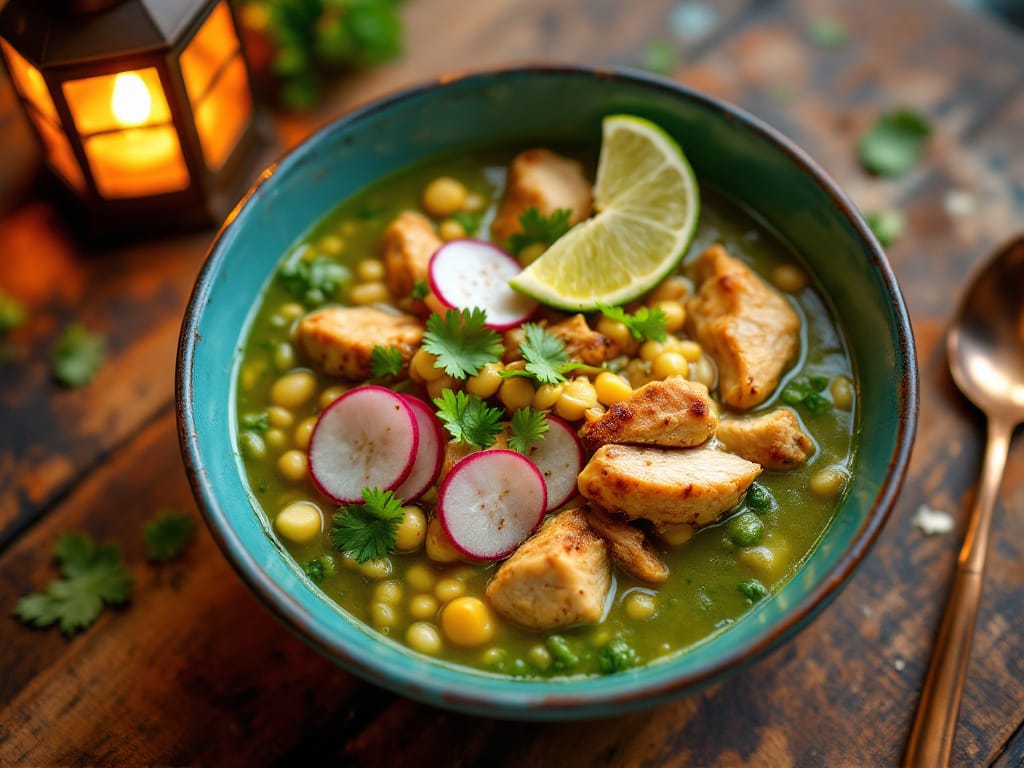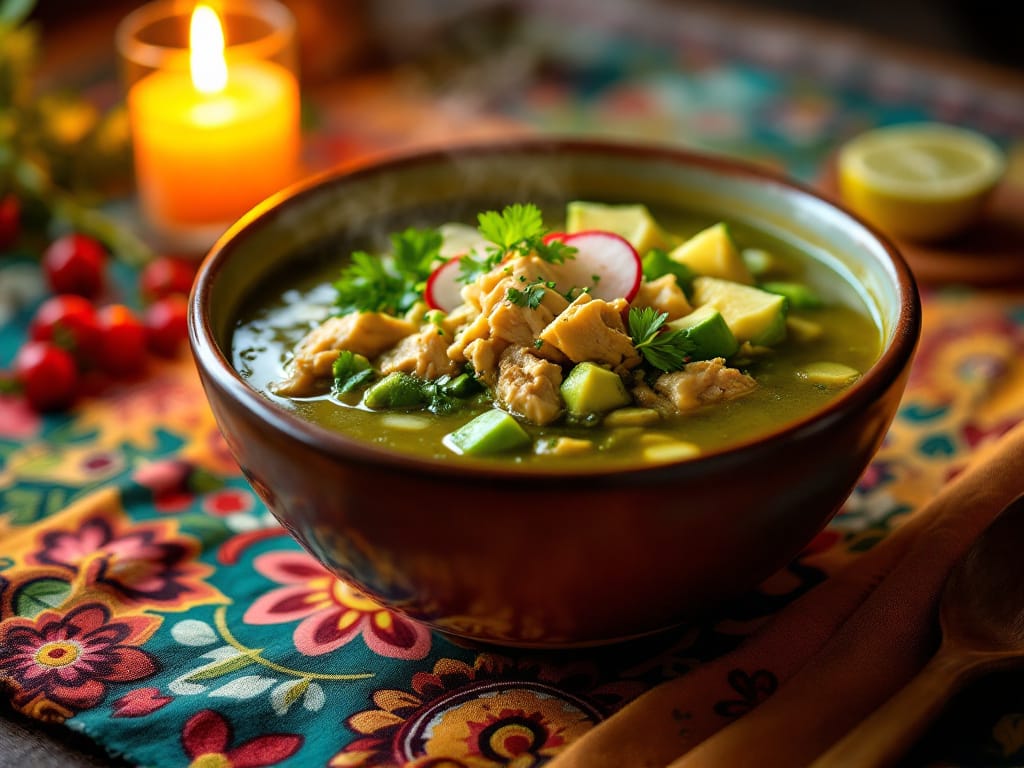Cooking ribs is a beloved tradition among barbecue enthusiasts. The process combines patience, skill, and attention to detail to transform a simple rack of ribs into a flavorful masterpiece. Among the many factors that contribute to the perfect ribs, the cooking temperature stands out as a critical element.
Whether you’re a fan of fall-off-the-bone tenderness or a firmer bite with a crisp bark, the temperature you choose can dramatically impact the outcome. Specifically, the debate between cooking ribs at 225°F or 250°F has long divided pitmasters. While both temperatures fall within the “low-and-slow” range, each brings unique benefits and challenges.
In this guide, we’ll delve into the science and art of cooking ribs, explore the nuances of these two temperatures, and help you decide which method best suits your preferences.
If you’re exploring ways to prepare ribs or other recipes, check out these tips on how to cook baby back ribs on a Traeger, which provides a great starting point for beginners.
Understanding the Basics of Smoking and Cooking Ribs
To appreciate the difference between 225°F and 250°F, it’s essential to understand the fundamentals of rib cooking.
Low-and-Slow Cooking
The phrase “low and slow” refers to cooking at a low temperature for an extended period. This technique ensures the collagen in the meat breaks down gradually, resulting in tender, juicy ribs. It also allows the meat to absorb the smoky flavors from the wood chips or charcoal.
Why Temperature Matters
The temperature determines how quickly the ribs cook and influences their:
- Tenderness: Lower temperatures allow for more breakdown of connective tissues.
- Flavor: Longer cooking at low temperatures enhances smoke absorption.
- Cooking Time: Higher temperatures speed up the process but may compromise tenderness.
For more details on achieving tender ribs, the 3-3-3 rule for ribs is an excellent guide to mastering this art.
Common Cooking Methods
- Smoking: Uses wood chips or charcoal for a deep, smoky flavor.
- Grilling: Provides a faster cooking method with a charred finish.
- Oven-Cooking: Offers consistency and convenience for those without outdoor equipment.
Comparing 225°F and 250°F
Cooking Ribs at 225°F
Cooking ribs at 225°F is the epitome of the low-and-slow philosophy.
Process and Duration
- Preheat your smoker or grill to 225°F.
- Add wood chips (e.g., hickory, applewood) for flavor.
- Cook the ribs for 5–6 hours, wrapping them in foil halfway through to retain moisture.
Advantages
- Produces the most tender, fall-off-the-bone ribs.
- Allows for deep smoke penetration, enhancing the flavor.
- Ideal for achieving a classic barbecue experience.
Disadvantages
- Cooking time is longer, requiring patience and monitoring.
- Ribs may dry out if not spritzed or wrapped during cooking.
Cooking Ribs at 250°F
If you prefer a slightly faster approach, 250°F offers an excellent balance between efficiency and flavor.
Process and Duration
- Preheat to 250°F and prepare your smoker or grill.
- Use a rub or marinade to lock in moisture and enhance the taste.
- Cook for 4–5 hours, checking for doneness with a meat thermometer.
Advantages
- Shorter cooking time, perfect for those with limited hours.
- Develops a robust bark due to the higher heat.
- Strikes a balance between tenderness and firmness.
Disadvantages
- Slightly less smoke flavor compared to 225°F.
- Requires closer monitoring to prevent overcooking.
Curious about alternatives? Learn how to adjust techniques by following this guide on Traeger baby back ribs.
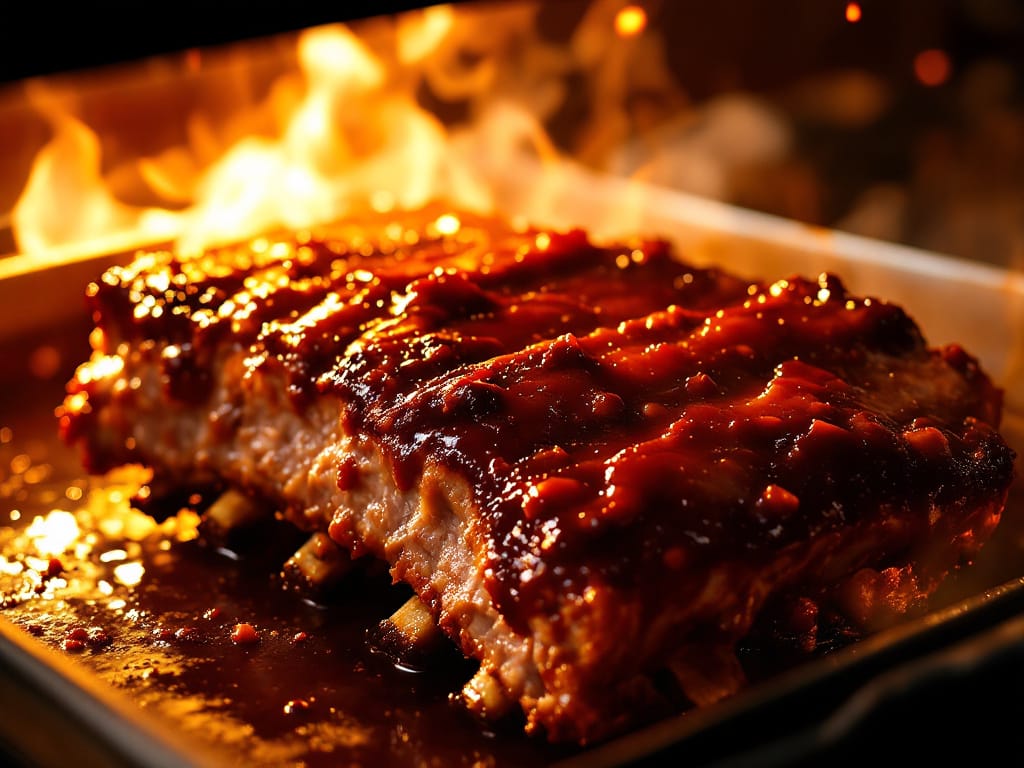
Key Differences Between 225°F and 250°F
To help you decide, here’s a side-by-side comparison of the two methods:
| Feature | 225°F | 250°F |
|---|---|---|
| Cooking Time | 5–6 hours | 4–5 hours |
| Tenderness | Extremely tender | Moderately tender |
| Smoke Flavor | Deep and rich | Balanced |
| Bark Formation | Light | Pronounced |
Summary:
Choose 225°F for ultimate tenderness and smokiness, or go with 250°F for a faster cook and firmer texture. Both methods have their merits, and the choice often comes down to personal preference and the time available.
Factors to Consider When Choosing the Temperature
Type of Ribs
Not all ribs are created equal, and the cut you choose significantly affects the cooking process and temperature preference.
Baby Back Ribs
- These ribs are smaller, leaner, and cook faster than spare ribs.
- Cooking at 250°F is often ideal because the shorter cook time complements their tender texture without drying them out.
Spare Ribs
- Larger and fattier, spare ribs require longer cooking times to render the fat and break down connective tissues.
- 225°F is better for these ribs as the slower process ensures thorough cooking and tender results.
Pro Tip: Consider the rib type as a starting point when deciding on temperature but adjust based on your equipment and personal taste.
Cooking Equipment
The type of equipment you use plays a crucial role in maintaining consistent temperatures and ensuring evenly cooked ribs.
Smokers
- Smokers excel at maintaining low-and-slow temperatures, making 225°F an excellent choice.
- They allow for superior smoke penetration and flavor development.
Grills
- Grills, particularly charcoal or gas models, can handle 250°F better due to quicker heat adjustments.
- Direct heat may require you to use a two-zone setup to prevent overcooking.
Ovens
- Ovens are ideal for maintaining steady heat but lack the smoky flavor of outdoor methods.
- 250°F is often preferred for ribs in the oven to balance cooking time and tenderness.
Pro Tip: Choose equipment that matches your skill level and allows for steady temperature control.
Personal Preferences and Experience
Ultimately, the choice between 225°F and 250°F boils down to your personal preferences and level of experience.
Flavor Profile Preferences
- If you enjoy a deep smoky flavor and extremely tender ribs, opt for 225°F.
- For a firmer texture with a noticeable bark, 250°F is better.
Experience Level
- Beginners may find 250°F easier to manage due to the shorter cooking time.
- Seasoned pitmasters often prefer the challenge and reward of 225°F.
Pro Tip: Experimenting with both temperatures is the best way to find your ideal balance of tenderness, flavor, and time.
Expert Tips for Cooking Perfect Ribs
Tips for Cooking at 225°F
Cooking ribs at 225°F requires patience and careful attention to detail, but the results are worth it.
Maintain Consistent Temperature
- Use a reliable thermometer to monitor the smoker or grill’s internal heat.
- Keep the lid closed as much as possible to prevent temperature fluctuations.
Prevent Drying Out
- Regularly spritz the ribs with apple juice, vinegar, or water to maintain moisture.
- Wrap the ribs in foil or butcher paper midway through the cooking process (also known as the Texas crutch) to lock in juices.
Add Layers of Flavor
- Apply a dry rub before cooking and brush on a barbecue sauce during the last 30 minutes for a caramelized finish.
Pro Tip: Cooking at 225°F is all about low heat and high patience—resist the urge to rush!
Tips for Cooking at 250°F
Cooking ribs at 250°F offers a faster route to delicious results but requires vigilance to avoid overcooking.
Monitor Closely
- Check the ribs frequently for doneness by using the bend test or meat thermometer (target: 195°F internal temperature).
- Avoid overcooking, which can make the ribs overly dry or tough.
Enhance Flavor and Texture
- Apply a thick rub before cooking to develop a flavorful bark.
- Use marinades or brines to add moisture and depth of flavor.
Optimize Bark Formation
- Avoid wrapping the ribs too early; let the surface develop a crispy bark before covering with foil if needed.
Pro Tip: The higher temperature at 250°F lets you balance speed and quality—perfect for cooks who want great results in less time.
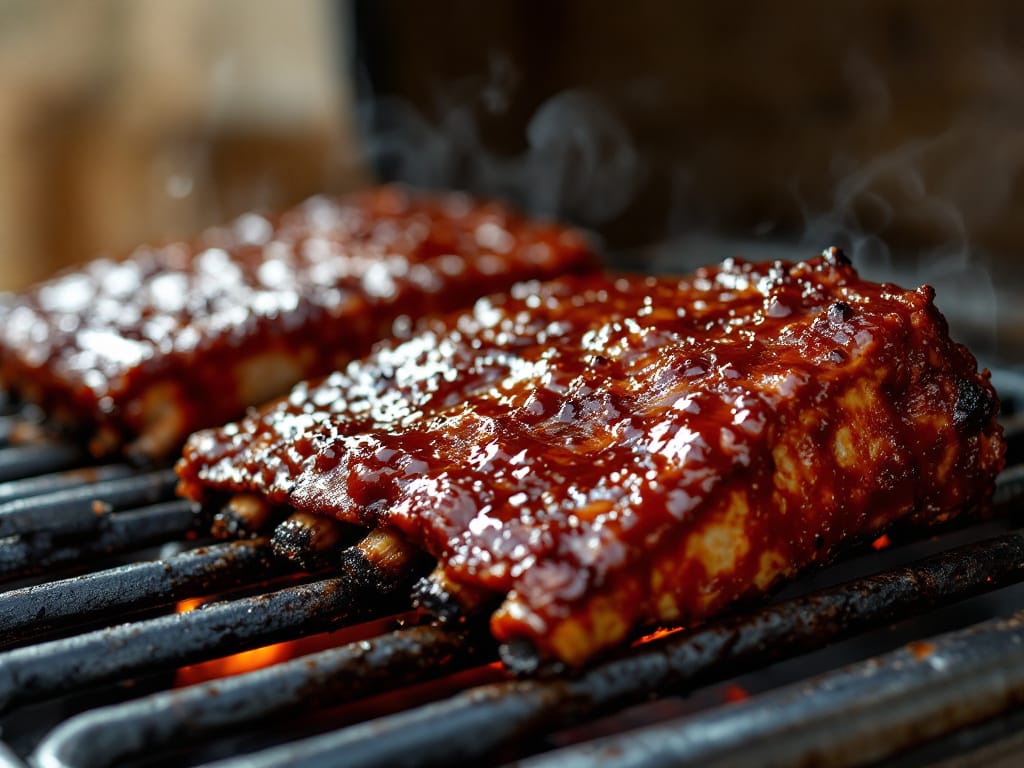
Frequently Asked Questions (FAQs)
What temperature is best for beginners?
For beginners, 250°F is often the better choice. The shorter cooking time and forgiving nature of this temperature make it easier to manage. At 250°F, you can achieve tender, flavorful ribs without worrying too much about maintaining a perfectly steady temperature for extended hours.
How long should ribs be cooked at 225°F and 250°F?
- At 225°F: Expect to cook baby back ribs for about 5–6 hours and spare ribs for 6–7 hours.
- At 250°F: Baby back ribs take 4–5 hours, while spare ribs cook in approximately 5–6 hours.
These times are estimates, and it’s best to rely on visual and temperature cues (195°F internal temperature) to ensure your ribs are done.
Can you alternate temperatures during cooking?
Yes, alternating temperatures is a viable technique. Many pitmasters start cooking ribs at 225°F to develop a rich smoky flavor and then raise the temperature to 250°F during the final hours to speed up cooking and enhance bark formation.
Do different types of wood affect cooking temperature preference?
Wood choice primarily impacts flavor rather than the ideal cooking temperature. For example:
- Fruity woods like apple or cherry produce mild smoke, suitable for 225°F as they allow the flavor to develop over time.
- Stronger woods like hickory or mesquite pair well with 250°F for a bold, smoky taste in less time.
Conclusion and Final Thoughts
Cooking ribs is a rewarding experience that allows for endless customization. Whether you choose 225°F or 250°F, each method has its distinct advantages.
- 225°F offers unmatched tenderness and smoky depth but requires patience and time.
- 250°F strikes a balance between speed and flavor, perfect for cooks with tighter schedules.
Ultimately, the best approach depends on your preferences, equipment, and level of experience. Experiment with both temperatures to discover what works best for you. By doing so, you’ll master the art of cooking ribs and create delicious results every time.

